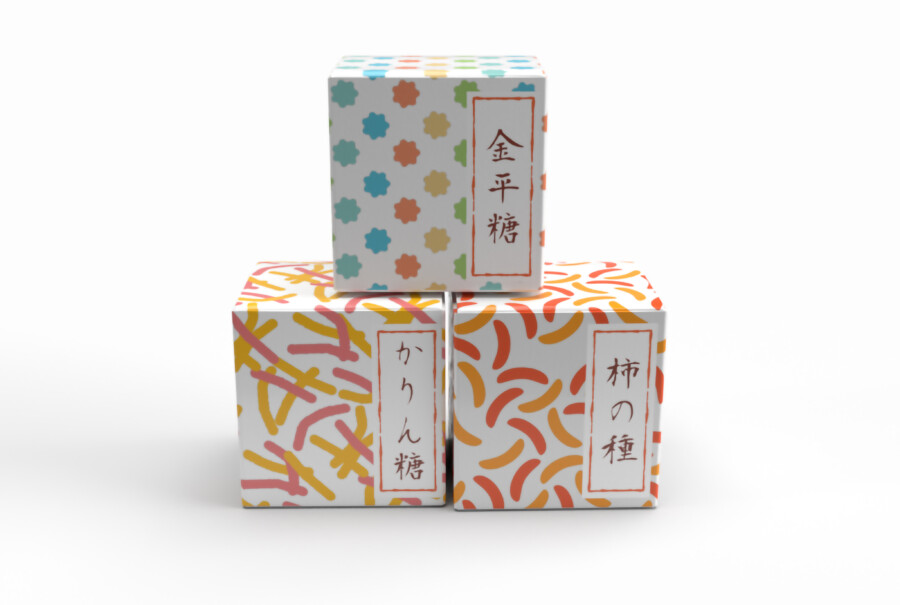
The Fusion of Western Design and Japanese Language: A Beautiful Collaboration
In the world of design, collaborations that combine elements from different cultures are gaining attention. The combination of Western design and Japanese language, in particular, captivates many with its unique charm. This article will explore how to achieve a beautiful collaboration between Western design and Japanese language, covering everything from basic principles to practical examples and implementation methods. We’ll also delve into key points for avoiding pitfalls and predict future trends. Let’s step into a world where Western and Eastern beauty intersect.
Get Japan-Optimized Packaging →
The Alluring Fusion of Western Design and Japanese Language
Understanding Western Design Characteristics
Western design is characterized by a simple and refined aesthetic. It often features straight lines, geometric shapes, bold color usage, and clear utilization of space. Understanding these elements allows for their effective combination with Japanese design, bringing out new appeal.
The Beauty of Japanese Language
Japanese has unique typefaces and character flows. Kanji, hiragana, and katakana each have their own personality, adding depth to designs. The curved beauty that evokes Japanese style and the dynamism of brush strokes also contribute to the language’s aesthetic appeal.
Key to Fusion: Contrast and Balance
When merging Western design with Japanese language, contrast and balance are crucial. The contrast born from combining elements of different cultures gives the design a distinctive character. However, maintaining balance so that neither element overwhelms the other is key to achieving harmony.
Basic Principles for Beautiful Collaboration
Choosing and Combining Fonts
Font selection is one of the most fundamental elements in design. Choosing Japanese fonts that match Western design can create a consistent look. Additionally, the combination of different fonts can further highlight the beauty of different cultures.
Considering Color Harmony
Colors carry different meanings across cultures. When combining Western design and Japanese language, attention must be paid to color harmony. Express the theme of your design using colors while respecting both cultures.
Expressing Cultural Fusion Through Layout
Layout determines the overall image of the design. By combining Western linear elements with Japanese curved elements, you can create a layout that visually expresses the fusion of different cultures.
Learning from Examples: Successful Combinations of Western Design and Japanese Language
Impressive Logo Design Cases
Logos are crucial elements that represent a brand’s face. Logos that fuse Western design simplicity with Japanese delicacy can contribute to increased international recognition. Let’s examine successful logo design cases and explore their secrets.
East-West Fusion in Package Design
Product packaging design also often combines Western and Japanese elements. East-West fusion in packaging can give consumers a fresh impression and enhance product appeal.
Language Harmony in Web Design
Multilingual support has become common in web design. By beautifully incorporating Japanese text within a Western design framework, you can create websites that appeal to global users.
Try It Yourself! Practical Methods for Western Design and Japanese Language Collaboration
Determining Project Concepts
Before starting a design project, it’s important to establish a clear concept. Define how you will combine Western design and Japanese language and clarify the image you’re aiming for.
Designing with the Target Audience in Mind
Understanding and catering to the needs of your target audience is key to success. Aim for designs that resonate with the audience, taking into account their cultural background.
Incorporating Feedback for Improvement
Design has no final form, so it’s important to constantly incorporate feedback for improvement. Especially in cross-cultural collaborations, considering opinions from various perspectives can help refine your design.
Avoiding Troubles! Points to Note and Solutions
Preventing Cultural Misunderstandings
When incorporating elements from different cultures, care must be taken to avoid cultural misunderstandings or offense. Strive for designs that respect the other culture and don’t invite misinterpretation.
Maintaining Design Readability
In design, not only visual appeal but also information transmission is important. Especially when combining different languages, efforts to maintain readability are required.
The Process of Revision and Re-evaluation
Designs are not completed in one go. Through trial and error, going through processes of revision and re-evaluation, you arrive at the final design. Always aim for improvement with a flexible attitude.
Conclusion: The Infinite Possibilities of Western Design and Japanese Language Integration
Reflecting on Successful Collaboration Cases
The successful cases introduced here demonstrate the potential of collaborations between Western design and Japanese language. Learn from these examples and apply them to your own designs.
Predicting Future Trends
As globalization progresses, the fusion of designs from different cultures will continue to evolve. Let’s explore new design possibilities while keeping an eye on future trends.
Unleashing Your Creativity
Ultimately, your creativity is the key to shaping your designs. We hope this article serves as a catalyst for you to challenge yourself in collaborating Western design with Japanese language, helping to unleash your creativity.
Kanji & Cultural Accuracy Check












